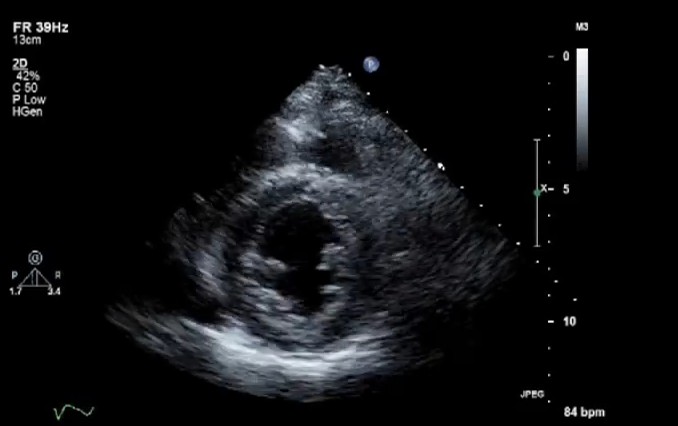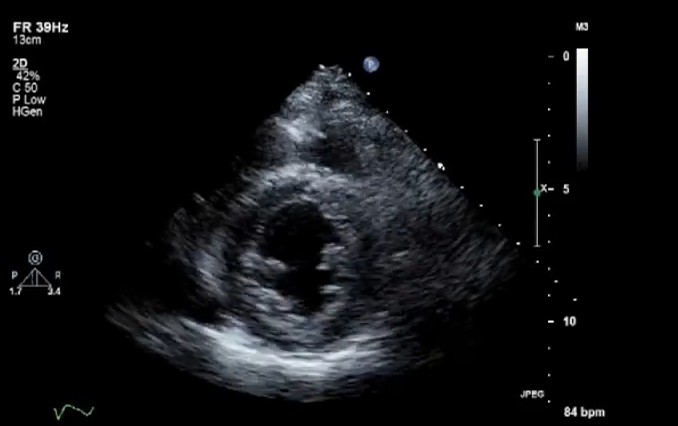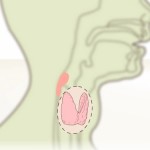Global hypokinesis is a condition wherein the heart is generally very weak all through along with mild to severe blockages of the coronary arteries. All the parts of the heart, i.e., the ventricles, walls, membranes, and arteries, etc. are weakened and functioning abnormally. Global hypokinesis is not the same as regional cardiac weakness where only some of the cardiac walls are affected, while others are fine.
Low heart output associated with global hypokinesis can cause heart failure and congestive heart failure, etc. Heart failure does not signify that the heart has stopped functioning. It refers to decreased pumping capacity of the heart and subsequent slowdown in the flow of blood from the heart to the body as well as increase in cardiac pressure. This then causes deficient supply of nutrients and oxygen to the rest of the body. As a response, the cardiac chambers become thicker, stretch, or stiffen to hold more blood and then pump it out. Prolonged heart failure can lead to congestive heart failure.
Global hypokinesisis typically caused due to cardiomyopathy, ischemic heart disease, and heart attack, etc., which in turn often arise due to underlying hereditary diseases. It is best to consult a doctor to understand the test results which indicate the presence of global hypokinesis.

Symptoms of global hypokinesis related heart failure
Some of the common symptoms of global hypokinesis associated heart failure are listed below:
- Water and fluid retention: Decreased blood flow to the kidneys cause water and fluid retention, leading to weight gain, edema, bloating, frequent urge to pass urine at night, nausea, and appetite loss.
- Irregular or fast heartbeat: In global hypokinesis, the heart beats faster to supply sufficient blood to the body resulting in irregular or rapid heartbeat.
- Pulmonary congestion: Fluids tend to back up in the lungs leading to breathing problems when lying flat or at rest; breathlessness during exercise; and wheezing, or a hacking, dry cough.
- Fatigue, dizziness, and weakness: Decreased blood supply to the brain can result in disorientation or dizziness. Low blood flow to the muscles and main organs can cause weakness and exhaustion.
Causes of global hypokinesis related heart failure
Global hypokinesis associated heart failure is caused due to the underlying presence of different disorders which damage the cardiac muscle, a few of which are listed below:
- Heart attack: It may occur due to sudden clogging of a coronary artery, which in turn stops the blood supply to the cardiac muscle and damages it. Some or often all parts of the cardiac muscle thus does not receive any oxygen. The damaged cardiac muscle then sports a scarred region which does not function correctly.
- Coronary artery disease/CAD: It is a disease affecting the arteries that supply oxygen and blood to the heart, characterized by deficient passage of blood to the cardiac muscle. Blockage or extreme narrowing of the arteries can then lead to severe shortage of nutrients and oxygen to the heart.
- Disorders that cause cardiac overload: Different conditions such as valve disease, high blood pressure, thyroid disease, diabetes, congenital cardiac defects, and kidney disease can all result in global hypokinesis associated heart failure. It can also occur if a patient is suffering from many conditions and diseases at the same time.
- Cardiomyopathy: It refers to cardiac damage that arises due causes other than blood supply or artery anomalies, like drug or alcohol abuse, or underlying infections.
Treatment of global hypokinesis related heart failure
Treatment of global hypokinesis associated heart failure involves controlled use of varied medications, careful monitoring, and lifestyle changes, and if necessary, advanced medical procedures performed by specialists.
Global hypokinesis associated heart failure is treated as per the stages, as discussed below:
Stage A
- Definition of stage: Global hypokinesis patients as well as those with high vulnerability towards developing heart failure. It also includes individual with diabetes, hypertension, metabolic syndrome, and coronary artery disease; a history of alcohol abuse, cardio-toxic drug therapy, and rheumatic fever; and a family history of cardiomyopathy.
- Typicaltreatments: Quitting smoking and illegal drug and alcohol abuse; regular exercising; treating lipid anomalies and hypertension; and use of prescription medications ACE inhibitors, and/or ARB, and/or beta blockers.
Stage B
- Definition of stage: Systolic left ventricular dysfunction patients with no prior symptoms of heart failure as well as those with cardiomyopathy, valve disease, and previous heart attack.
- Typical treatments: In addition to Stage A treatments, doctors may prescribe aldosterone inhibitor drugs, and surgical repair or replacement of damaged artery or valve.
Stage C
- Definition of stage: Systolic heart failure patients with prior symptoms such as fatigue, breathlessness, and decreased stamina for exercising.
- Typical treatments: In addition to Stage A treatments, doctors may prescribe aldosterone inhibitors; digoxin and diuretics for chronic symptoms; a nitrate/hydralazine combination to African-American patients with persistent symptoms; use of ICD and/or cardiac resynchronization therapy i.e., biventricular pacemaker; monitoring of weight; restricted intake of fluids and salt; and discontinuation of drugs which aggravate global hypokinesis related heart failure.
Stage D
- Definition of stage:Systolic heart failure patients with advanced symptoms even after getting best medical care.
- Typical treatments: In addition to Stage A, B, and C treatments, doctors will check other options like ventricular assist devices, constant administration of intravenous inotropic drugs, research therapies, heart transplant, other surgical interventions, and hospice or palliative care.


